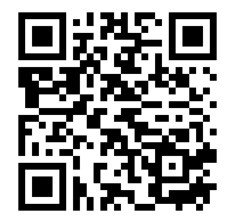Program Title
Lone Worker

How might we better
How might we better ensure the safety of staff who work remotely or alone? There are situations where staff are required to work alone, often in remote or risky locations. They can be out of contact for several hours, often in areas with limited connectivity—so knowing they are safe at all times is a problem.
How can we ensure their safety, and respond to an emergency situation if required?
How can we ensure their safety, and respond to an emergency situation if required?
Problem Story
Working in a hole with traffic whizzing past, inspecting a pipe network from the inside, or just driving thousands of kilometres a year from job to job: all these situations put people at risk—but making them safer isn’t easy.
We want to create a safer work environment, and maintain reliable communications—but workers get frustrated when they are forced to call back to the operations centre constantly during each job. This affect their ability to carry out work efficiently, and as a result, affects out commitment to our customers.
We have recently fitted roll detection to our vehicles, but it’s a massively labour intensive process that can still leave workers vulnerable at certain times.
We want to create a safer work environment, and maintain reliable communications—but workers get frustrated when they are forced to call back to the operations centre constantly during each job. This affect their ability to carry out work efficiently, and as a result, affects out commitment to our customers.
We have recently fitted roll detection to our vehicles, but it’s a massively labour intensive process that can still leave workers vulnerable at certain times.
Scale / Impact
HIGH
Safety of staffLegacy systems are highly manual, time consuming and inconvenient.
Data Description & Source
- Work locations (via work orders)
- Maps
- Vehicle data/personnel data
4 key outcomes / constraints / statements
- We must keep all employees safe at all times
- Thousands of kms of pipes and infrastructure
- The work is inherently risky by nature
- 99.9% of interruptions are pointless and costly
Mentors & Contacts
Chantelle Francis- Brotherton

